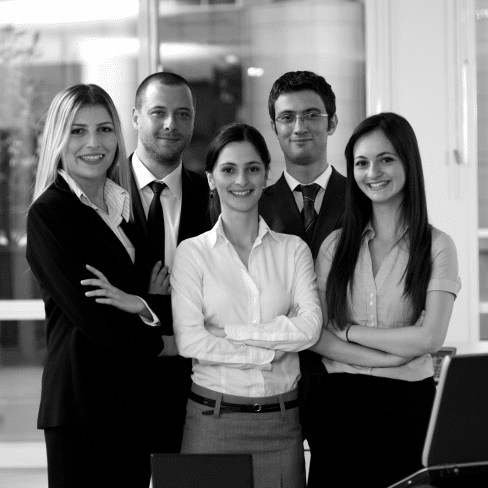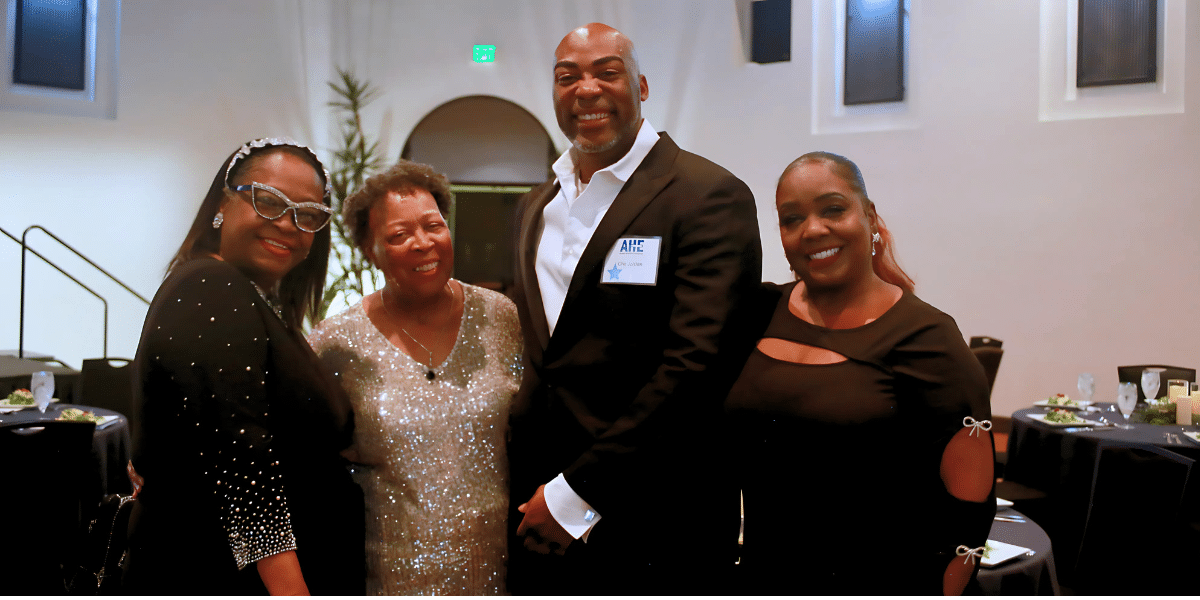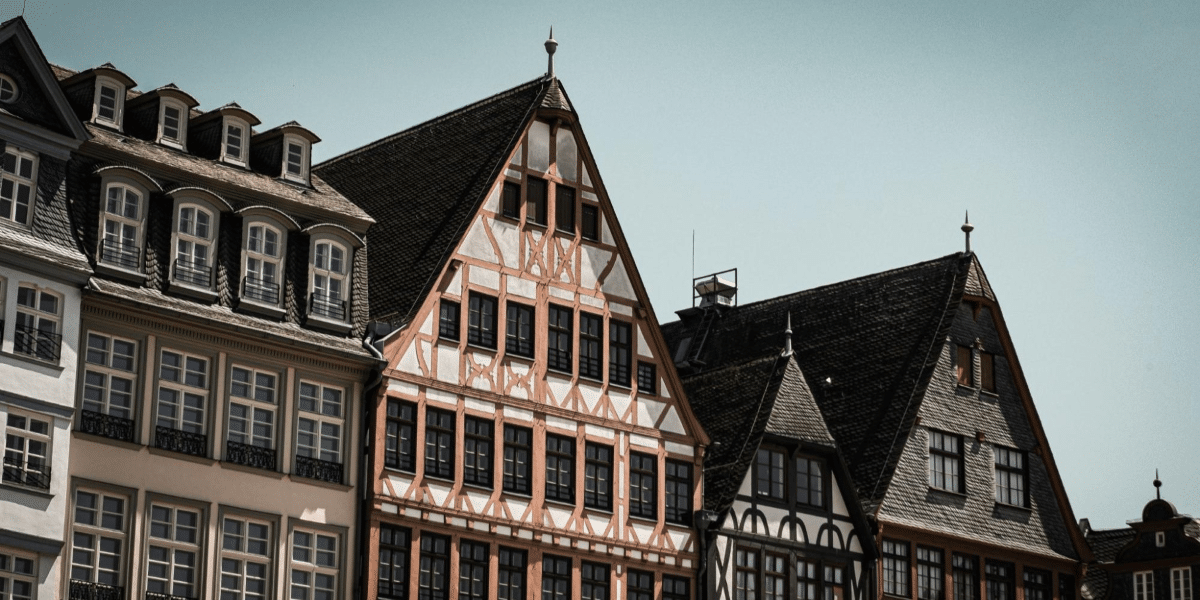The Midwest has experienced a significant rise in traffic volume, driven by several key factors. Population growth in urban and suburban areas is a major contributor, as cities expand and more people rely on personal vehicles for commuting and daily transportation. As a result, urban sprawl has led to higher levels of vehicle ownership, increasing the demand for road infrastructure.
Moreover, economic development across the Midwest, particularly in sectors like industrial production, commercial trade, and agriculture, has significantly increased the number of trucks and freight vehicles on the roads. Major distribution hubs in states like Illinois, Ohio, and Indiana have seen more freight traffic as businesses seek to transport goods efficiently across the region.
In addition, highway expansion projects, designed to improve connectivity and shorten travel times, have had the unintended consequence of encouraging more driving. As road networks improve, more vehicles take to the streets, further contributing to traffic congestion.
Lastly, the Midwest has experienced a tourism boom, particularly in states known for outdoor recreation and natural attractions. National parks, lakes, and cultural festivals have become magnets for both out-of-state visitors and locals, further increasing traffic volumes during peak tourist seasons.
Impact on Infrastructure
With the increase in traffic comes a significant strain on the region’s infrastructure. Roads and highways are experiencing accelerated deterioration due to the heavy vehicle load, particularly from freight traffic, leading to frequent maintenance and repairs. Cities like Chicago, Detroit, and Minneapolis have seen an uptick in congestion on their key highways and streets, resulting in slower commutes, longer travel times, and growing frustration for daily commuters.
The public transport systems in many Midwest cities, already underdeveloped in comparison to cities on the East and West coasts, are facing additional pressure as residents opt for personal vehicles due to unreliable or insufficient transit options. This trend further exacerbates congestion and limits the effectiveness of existing infrastructure.
Environmental Consequences
The rise in traffic volume is having a notable impact on the environment. Air pollution has increased significantly, as more vehicles on the road lead to greater emissions of carbon dioxide and other pollutants, worsening air quality in urban areas. Cities like Chicago and Indianapolis are seeing the effects of higher vehicle emissions, which contribute to respiratory health problems and smog formation.
Another consequence of the traffic surge is the aggravation of urban heat islands, where the concentration of vehicles, asphalt, and concrete in cities traps heat, raising temperatures in urban areas. This not only affects the environment but also places additional strain on energy consumption as residents rely more on air conditioning.
Additionally, the expansion of road networks and highways is leading to wildlife displacement, as natural habitats are disrupted. The spread of infrastructure to accommodate growing traffic levels encroaches on ecosystems, endangering local wildlife and disrupting migration patterns.
Economic Implications
The economic impacts of increasing traffic volumes are wide-ranging. Fuel consumption rises as more vehicles take to the roads, leading to higher demand and potential increases in fuel prices. Logistics and freight companies, which rely on efficient roadways to transport goods across the Midwest, are facing delays caused by congestion, slowing down supply chains and raising costs for businesses.
Governments are also feeling the pressure, as the wear and tear on infrastructure increases the need for maintenance and expansion projects, which are costly and time-consuming. In response, many Midwest states are investing heavily in road repair and new highway construction, but these efforts come with significant economic costs.
Traffic Safety Concerns
As traffic volume increases, so too does the risk of traffic accidents. With more vehicles on the road, the chances of collisions rise, particularly in congested areas where space is limited, and driver error is more likely. Pedestrians and cyclists are also at greater risk, as crowded streets and highways make it harder for non-motorists to navigate safely.
The strain on roadways also affects the emergency response system. Congested streets can lead to delays for emergency responders, who may struggle to reach accident sites or medical emergencies in a timely manner, putting lives at risk.
Solutions and Mitigation
To address the growing traffic issue, several solutions are being explored throughout the Midwest. One key strategy is expanding public transit systems, including buses, trains, and metro services. By improving access to reliable public transportation, cities can reduce the number of vehicles on the road, helping to alleviate congestion and lower emissions.
Smart traffic management systems are also being introduced in some Midwest cities. These systems use AI technology to coordinate traffic signals, monitor road conditions, and optimize the flow of vehicles, reducing bottlenecks and improving efficiency.
Carpooling and rideshare initiatives offer another approach to decreasing single-occupancy vehicle use. By encouraging more shared rides, cities can reduce the number of cars on the road during peak hours, alleviating congestion and lowering emissions.
Finally, sustainable urban planning is gaining traction as a long-term solution to the traffic surge. Designing walkable, bike-friendly cities with robust public transportation networks can reduce the region’s dependence on cars, easing traffic pressure and promoting healthier, more sustainable lifestyles.
The increase in traffic volume across the Midwest presents numerous challenges, from overburdened infrastructure and safety risks to environmental and economic consequences. However, by investing in public transit expansion, adopting smart traffic technologies, and promoting sustainable urban development, the region can mitigate these impacts and improve transportation efficiency. The key will be collaborative efforts between state and local governments, businesses, and communities to implement these solutions effectively and ensure that the Midwest’s transportation systems are prepared for the future.














